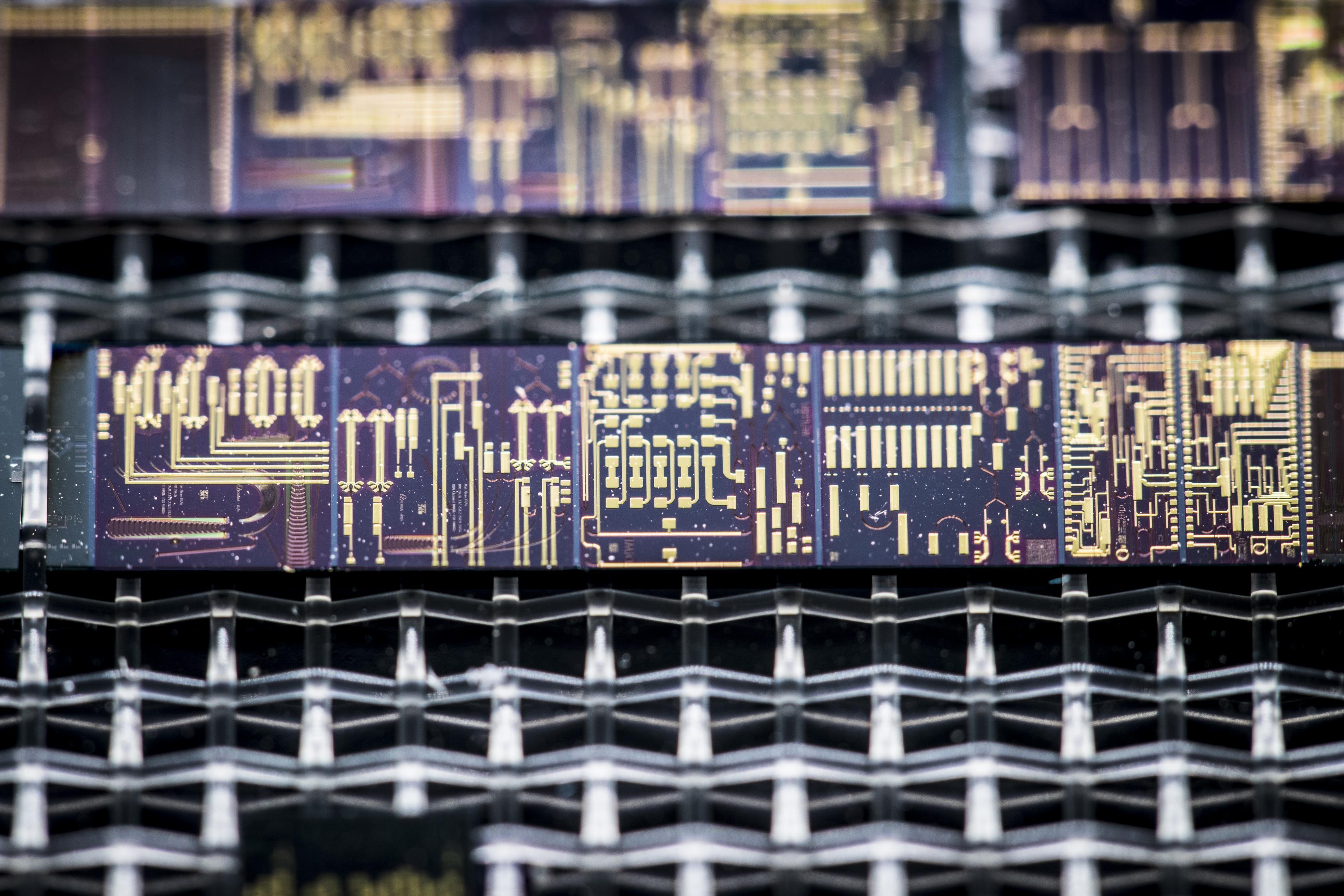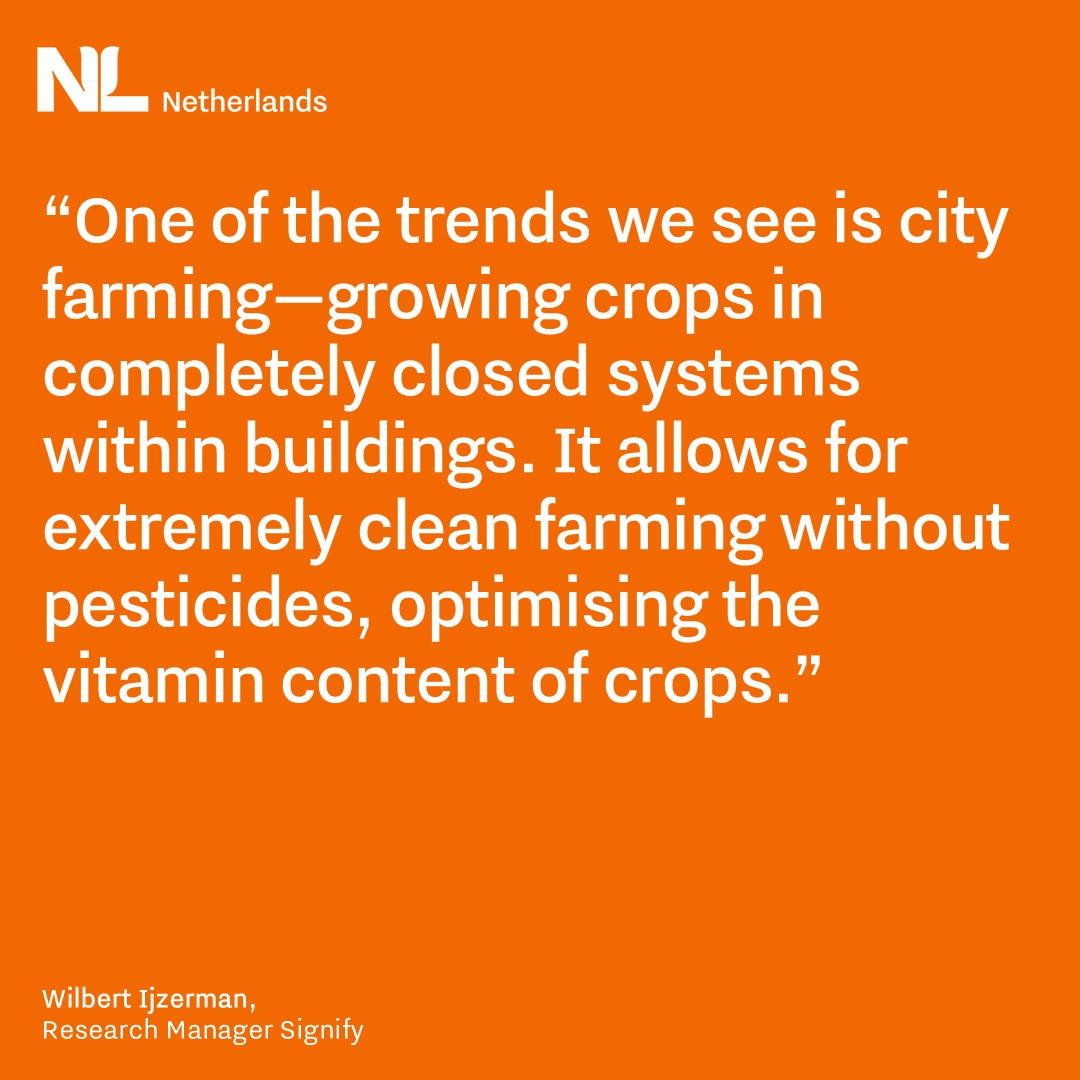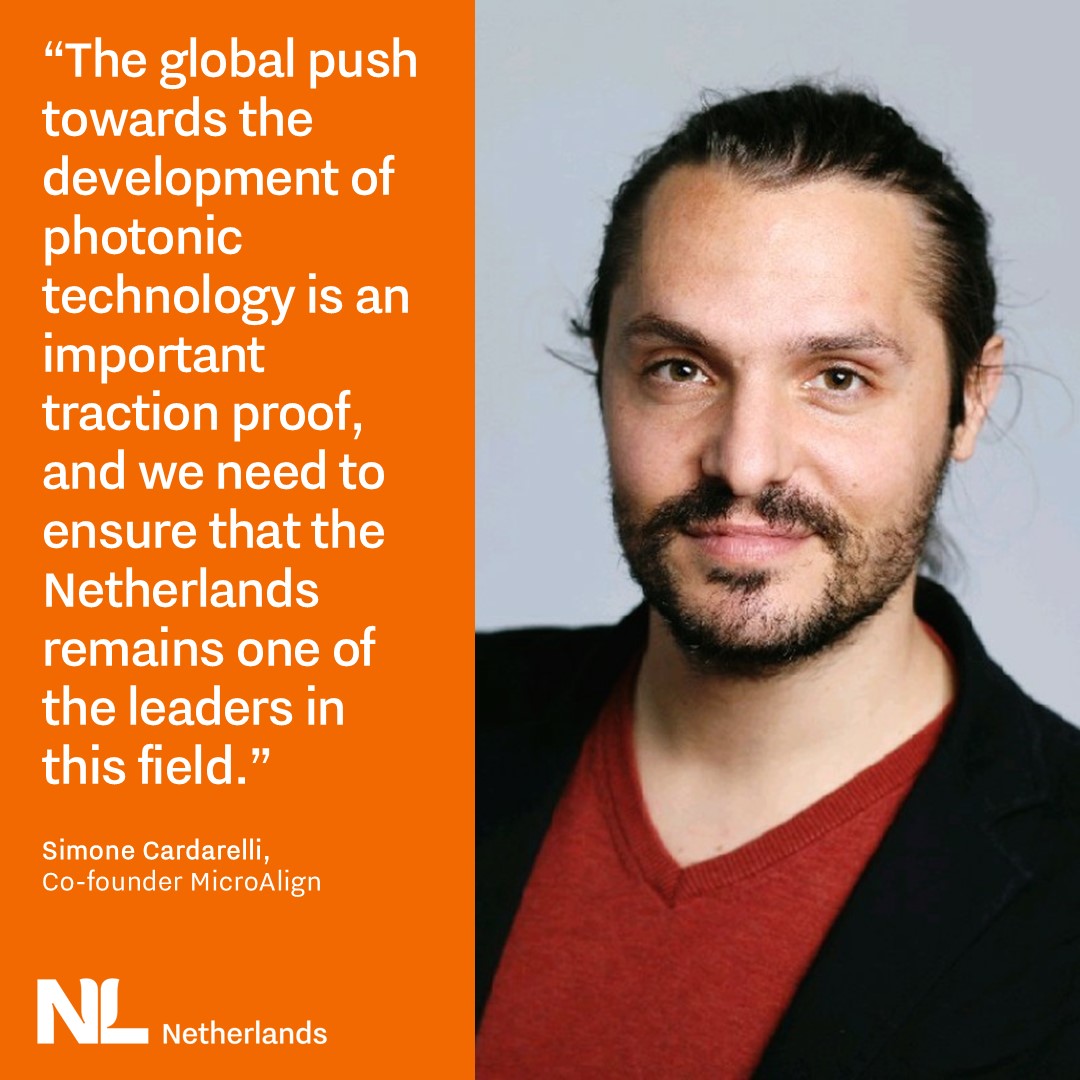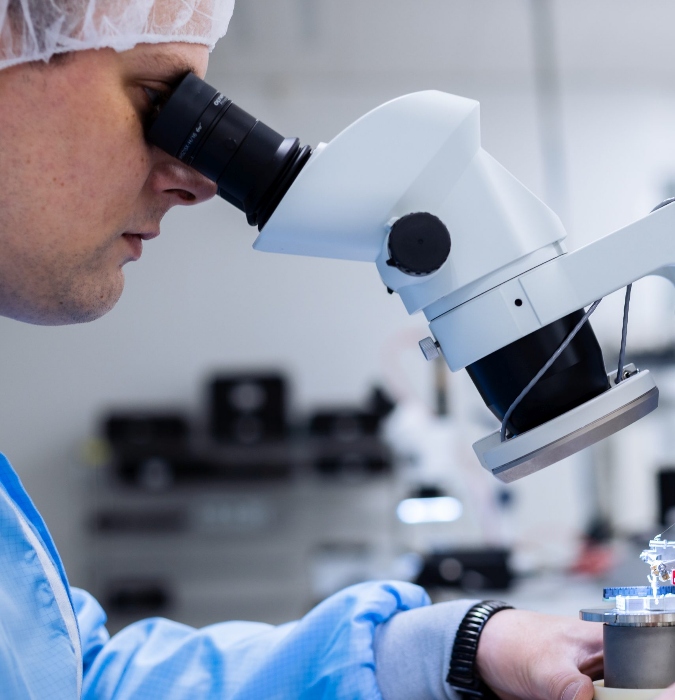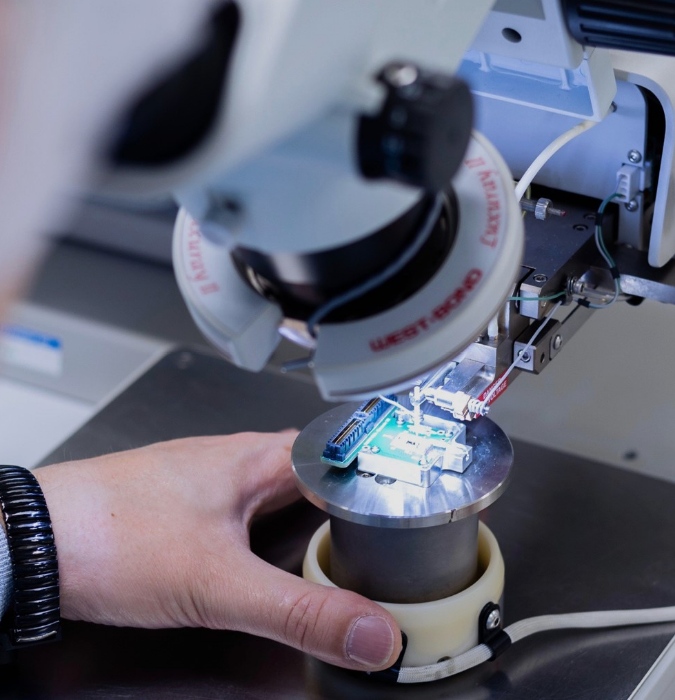The Netherlands is experiencing rapid growth in its photonics sector, contributing to a €30 billion revenue and an expected annual job growth of 5-20%. Recent strategic partnerships between Dutch universities and global tech firms have accelerated commercialisation pathways for photonic innovations. The PhotonDelta initiative has secured over €1.1 billion in public-private investments through 2030, creating a sustainable ecosystem for long-term growth.
When we started with our silicon nitride platform, people thought we were crazy. Now, companies like IMEC and Intel are copying it.”
- Hans van den Vlekkert, CEO Chilas B.V.
The country offers exceptional support for photonics startups, such as a comprehensive startup visa program, tax benefits for innovative companies, access to international talent pools, and a strong network of mentorship and investment platforms.
Its vibrant entrepreneurial ecosystems in photonics include:
PhotonDelta: An ecosystem that supports startups and scale-ups in the photonics industry, offering access to funding, research facilities, and networking opportunities.
HighTechXL: A venture builder that helps deep-tech startups, including those in the photonics sector, to scale and bring innovative solutions to the market.
StartLife: An accelerator focused on agrifood tech startups, leveraging photonics technologies for sustainable solutions.
With strong educational pathways, diverse roles available, and a supportive entrepreneurial environment, this sector is an attractive destination for international talent.
